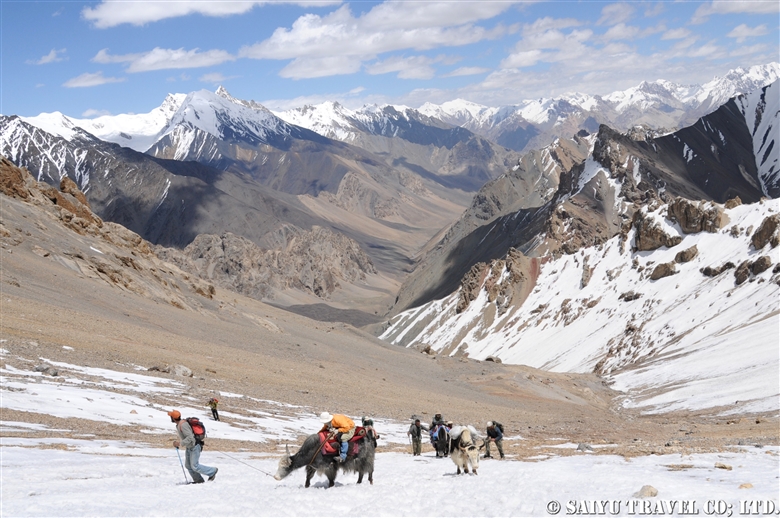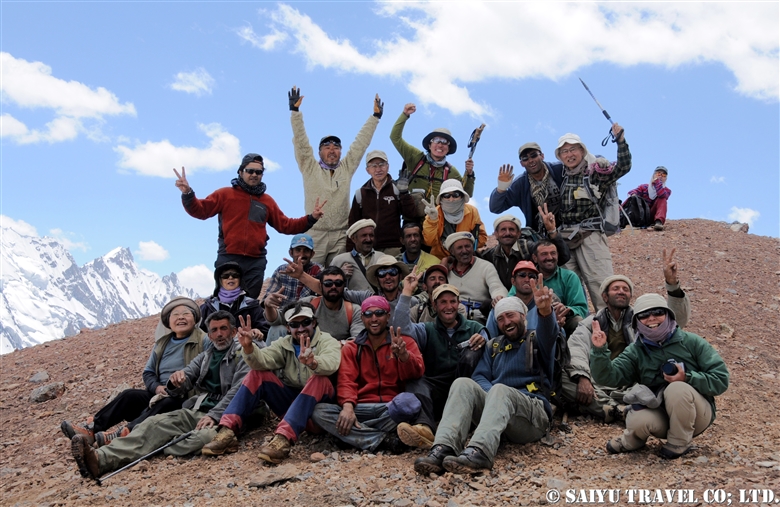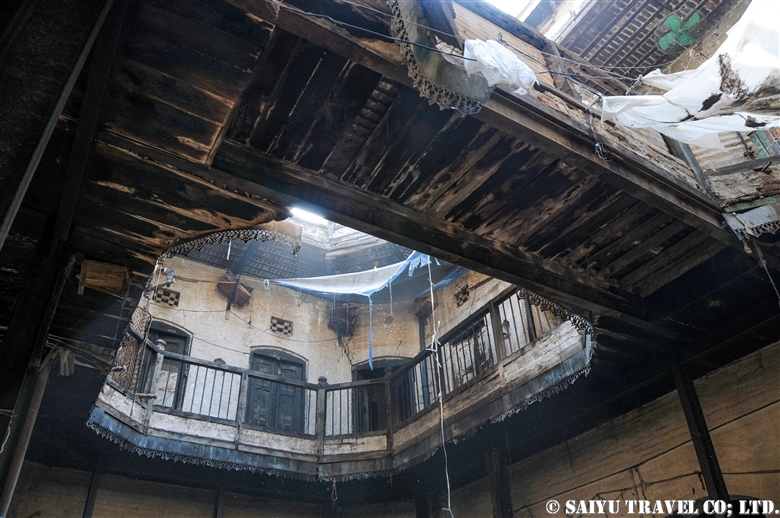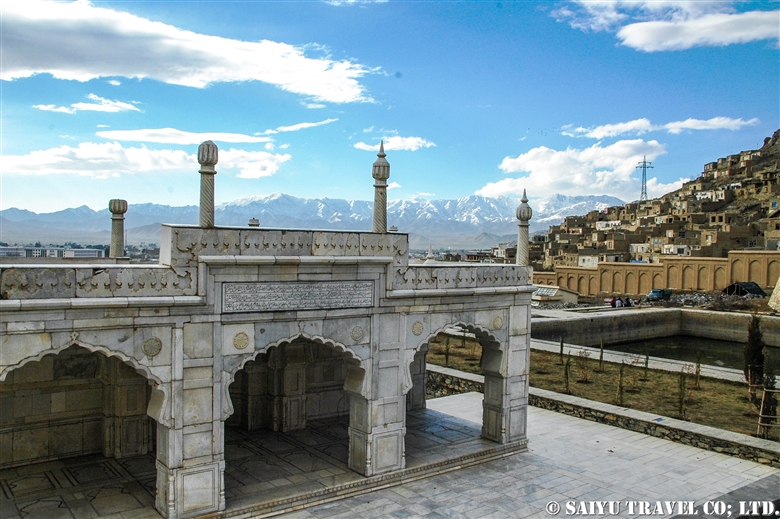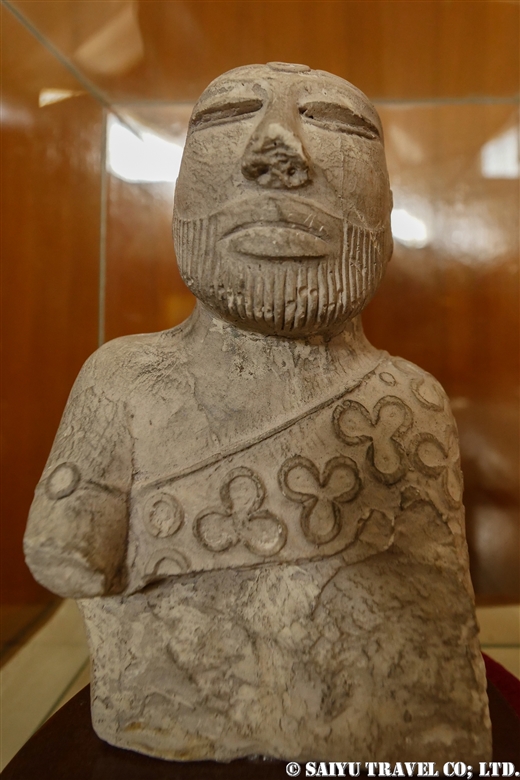
In northern Pakistan, near the border with China, we spent time with the women of Shimshal village as they take their livestock to the ‘Pamir’ in a migration called “Kuch”. This is about our Kuch experience, which took place in June 20, 2011.
In 2010, due to the traffic restrictions around Attabad Lake on the Karakoram Highway, I was unable to participate in the Kuch. In 2011, our “Shimshal Pamir” tour became a kind of event with participants who wait for a year. For the Shimshal Village, it ended up being the biggest ever ‘Yak Safari’ group since they started tours to the most difficult Shopodin Pass at 5,346m. It was made up of 52 yaks and 61 people, making it the “Big Kuch” including our group.
These photos show the state of Kuch in 2011. The number of women joining Kuch has drastically reduced in 2018 and 2019, making this tradition a thing of the past, unfortunately.

On the morning of Kuch, we left the camp where shimshal’s women had been staying at from May 20 to June 20. As we shut the door behind us, we said goodbye to our life in the summer village of Shuizherav (or Shuizerav). The elderly women, give us all a traditional send-off, with their cupped hands turned up, as a sign of respect.

The corral of the sheep and goats was opened, and the large group climbed up to the first pass. The local woman, walks while holding the fragile things like a lantern and even a newborn goat that is still unable to walk.

They made time for us to take a commemorative photo together just up the Shuizherav Hill. The Kuch tradition can only be carried out with the close cooperation of the whole family and good friends of their fellow villagers.

Shimshal women carrying children and goat kids in their arms. The goats and sheep walk slower, so the women take care of them as a separate group.

Our group was riding along on the yak, together with the female yaks and the group of calves. During the Kuch, the Yaks are being pushed along from behind, so they tend to walk a little faster paced then normal. I was simply blown away by the powerful women of Shimshal, as they power walked at such high elevations of around 4,500m.

As I looked behind me, the herd was coming up from behind us. From the Shimshal Pass (4,735m) with female yaks and calves group along with the villagers, we aim toward our destination of Shuwerth. I was so overcome by excitement, that I forgot about the high altitude.

The Shuwerth summer village (4,670m) is where the women will live from June 20 for three months. Called the ‘Pamir’ by the Shimshal villagers, it is a rich field where humans and livestock live close together. I was invited to take part in the ceremony to give thanks to their God for our safe arrival in the ‘Pamir’, and then ate some Shimshal cheese together with the everyone.
So many goats, sheep and yaks…too many for me to count. In the midst of the baa-baas (crying sounds of the goats and sheep) and the moo-moos (crying sounds of the yak calves), there is a shared sense of presence as we are making our way together towards ‘Pamir’. It will be my treasured memory forever.
Photo & text: Mariko SAWADA
Visit: Jun 2011, Shimshal Pamir, Shimshal, Gilgit-Baltistan
※This article is updated and based on the blog “Salaam Pakistan” which was first uploaded in July 2011. The Shimshal kuch tradition is rapidly waning. I have heard that you can no longer see many women from the villages in 2018 & 2019.
Category : ◆ Gilgit-Baltistan > - Shimshal
Tag : Shimshal Autumn Kuch , Pakistan tour operator , Shimshal Pamir , Pakistan Photography Tour , Shimshal Pamir Trekking , Pakistan Trekking company , Shimshal Village , Yak , Indus Caravan , Kuch , Saiyu Travel Pakistan , Pakistan Blog , Pakistan Travel Blog , wakhi , Shimshal , Pakistan Travel company








